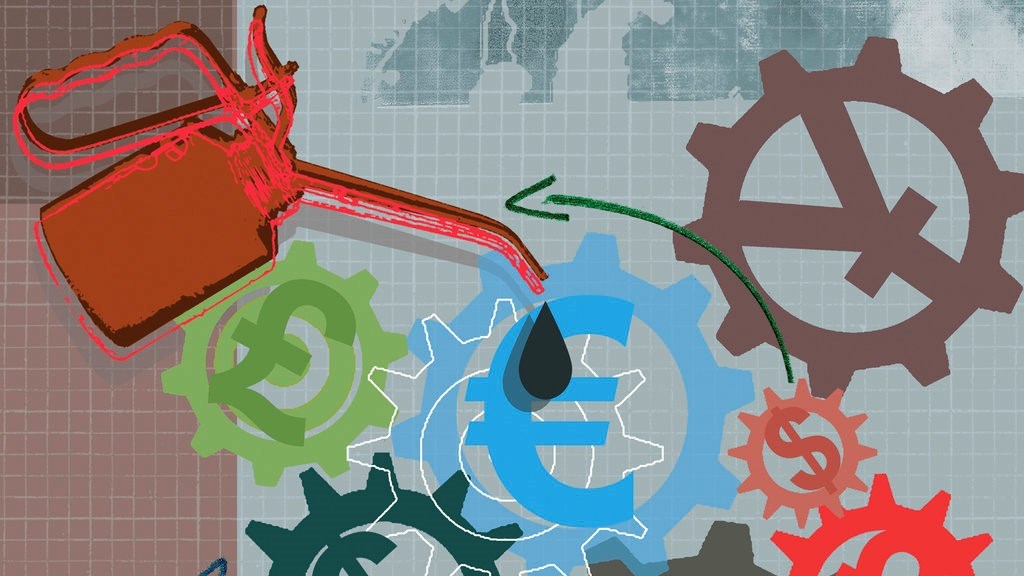The world of ETF investing can be daunting to a newcomer. There are hundreds of different ETFs available to choose from, with different asset classes, sectors, countries and regions, etc., all combining to bewilder the first-time investor. But once you decide upon a particular ETF (with the help of Morningstar’s ETF Centre) and have set up an account with a broker to take your orders, the hard part is over and all that’s left is simply choosing how many shares to buy, right? Unfortunately, it’s a little more complicated than that, at least if you want to minimise your costs. But by following our four-step guide, you’ll be making ETF orders like a pro in no time.
1. Check the Net Asset Value (NAV)
As a basket of underlying securities, ETFs are worth no more or less than the sum of their parts, or the NAV. Market makers keep ETF market prices in line with the underlying NAV through arbitrage. A discount to the underlying price spurs market makers to buy the ETF shares and sell the basket of underlying securities, while a premium prompts market makers to sell the ETF shares and use the proceeds to buy the underlying securities. The supply and demand created by this activity pushes the market price of the ETF in line with the value of the underlying securities, allowing market makers to unwind the trade and pocket their profits. Authorised Participants (AP) also keep ETF prices in line through the creation/redemption process with the ETF issuer.
However, this arbitrage activity isn’t perfect. Market makers take time to establish themselves with a new ETF. Even established ETFs with low trading volume can exhibit a slight premium or discount. Because of this, it’s incumbent on the investor to compare the market price to the NAV prior to putting in a trade request to avoid buying too high or selling too low. The indicative intraday NAV, an estimate of the ETF NAV that’s published throughout the trading day, is available from your broker or the exchange.
Very rarely, the NAV can be less accurate than the market price of heavily-traded ETFs. This tends to happen only during major market crises, when the prices of illiquid bonds or stock in the portfolio are unavailable or misleading. In this case, look at the way that the fund is trading during the day you would like to buy or sell. If an ETF still has large trading volumes, a price that isn’t moving radically up and down with each new trade, and fairly small bid-ask spreads (see the next section), then the market price is likely a better indicator of portfolio’s true value than the NAV, and it is safe to proceed with a trade.
2. Check the Bid-Ask Spread
The next step is to check the bid-ask spread on the ETF in question. Like a premium/discount, the smaller the better as it will not only help you buy close to the NAV but will also minimise your cost when you eventually sell. The bid-ask spread is the reason why market makers provide liquidity to the ETF; by offering to sell at a slightly higher price than they offer to buy, they are able to trade against both supply and demand and pocket a small profit with little risk.
Because the bid-ask spread is usually measured in pennies, market makers make their money through volume, executing thousands or millions of trades daily. This means that higher volume ETFs will usually benefit from a smaller spread than lower volume ETFs, as multiple market makers compete against one another. Unfortunately there is no good rule of thumb for when a spread is too wide; it depends on the ETF, its trading volume, and the spread on its underlying securities. For the most popular ETFs like those tracking the EURO STOXX 50, the spread should be measured in pennies, while less liquid funds could see bid and ask prices that differ by a few percent! You can get the spread from your brokerage, and if it’s too wide, then don’t make the trade. Keeping trading costs low is an integral component to successful ETF investing. Just because you don’t immediately ‘feel’ the cost doesn’t mean it’s not real.
3. Use Limit Orders
A limit order specifies a certain price above which you won’t buy or below which you won’t sell. Why use a limit order and not a simple market order? After all, if the ETF is trading at or close to the NAV, and the bid-ask spread is narrow, then there shouldn’t be a problem with fulfilling your order at a reasonable price. In most cases, this is correct, but a limit order is a simple and effective way to protect you from the unusual instances where a market order would be executed at an unfavourable price. For instance, you could place a market buy order for 200 shares and expect it to transact at the ask price given by your brokerage, but if the ask order is for only 50 shares, the rest of your order could transact at the next available (and higher) ask price. The bid-ask spread reflects the buy and sell orders closest to the market price, but doesn’t indicate the size of those orders. A limit order protects you from paying more than a specified amount (or selling for less than a specified amount), while still allowing your order to be executed at a better price than the one you’ve specified.
With a little luck, you can even get your order executed within the bid-ask spread, minimising the cost of the trade. Also, you can use a limit order to take advantage of a premium or discount. Keep in mind that any limit order will lower the probability that your trade will be executed in comparison to a market order. While this isn’t an issue in a liquid market, there may be times when the market is so volatile that the price of the ETF runs away from your limit order.
4. Don’t Trade Immediately at the Market Open
Generally speaking, the best time to trade ETFs is closer to the middle of the trading day rather than the beginning or end. The bid-ask spread tends to be widest right after the markets open because market makers are waiting to see how the underlying securities are trading before they can get an accurate indication of the ETFs’ NAV. The close of the trading day can also get hectic at times, especially in a volatile market. Because most Europe-wide ETFs will include securities from multiple time-zones, limit your trading to the middle of the day so you won’t be overlapping with markets that haven’t opened (or have already closed) for the day.
The exception to this rule would be for the ETFs of securities that trade in foreign markets in a distant time zone, such as the
Some feel that the time-of-day issue is only a temporary. Credit Suisse Global Head of ETFs Dan Draper says, “Once these ETFs get big enough, with a lot of assets, there will be better liquidity and price discovery in the European morning than ever before. This will really benefit European investors so they feel confident ahead of the
















